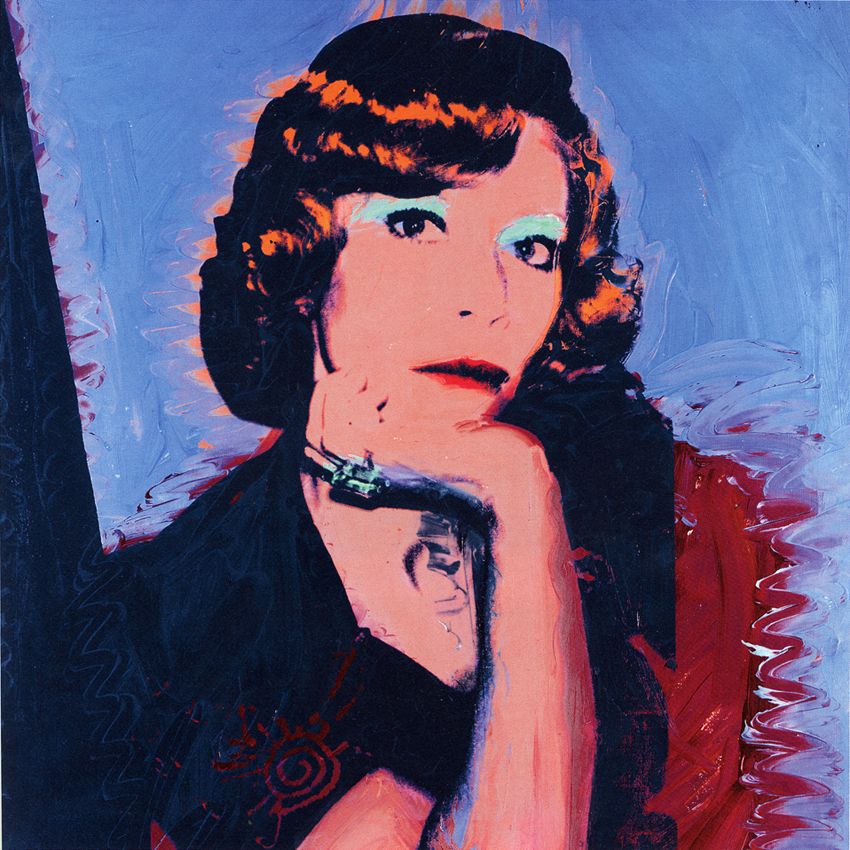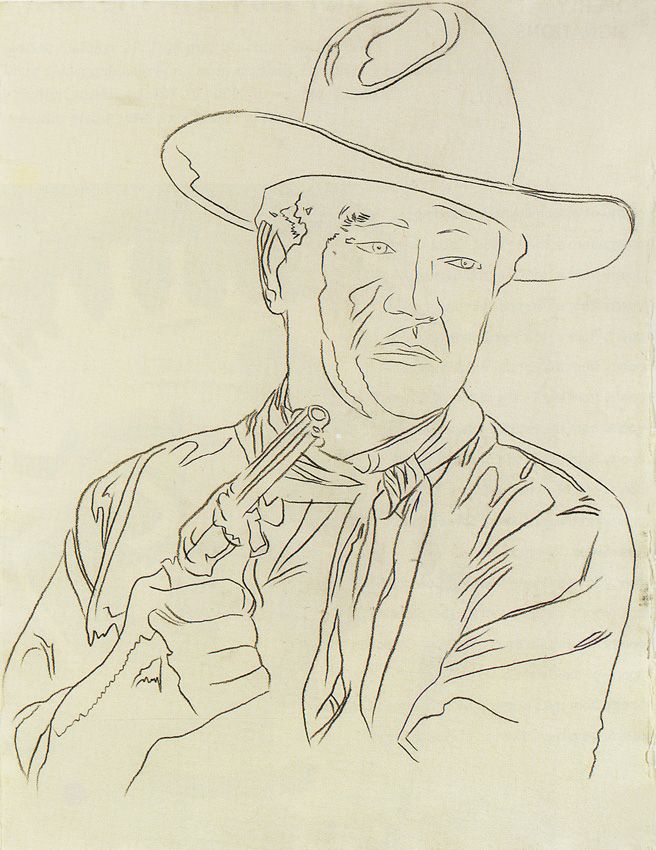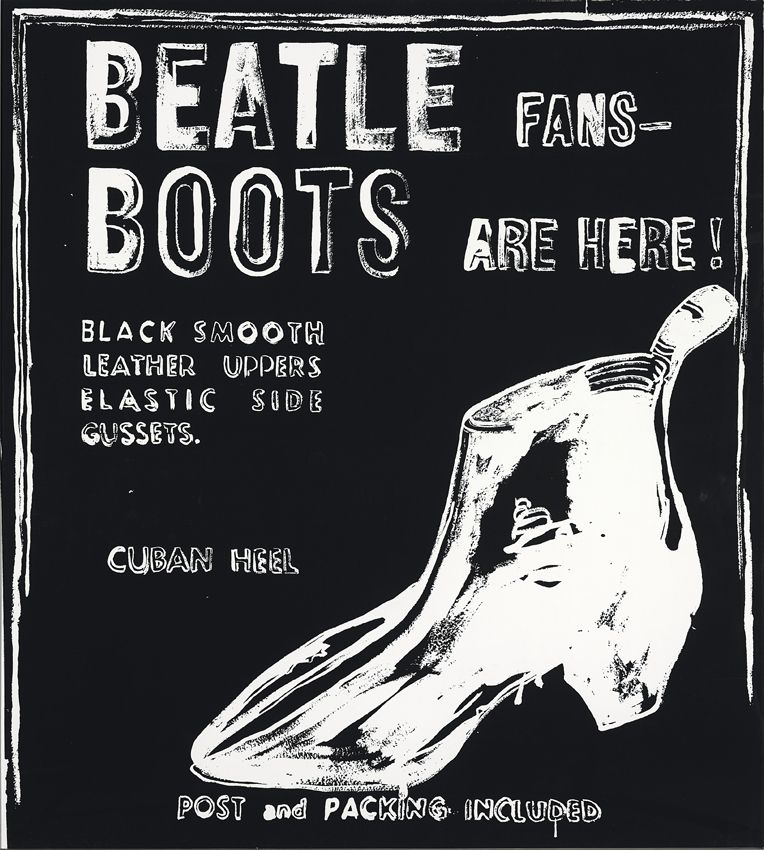Andy Warhol

Selected Works

Andy Warhol
Cowboys and Indians: John Wayne, 1986
Pencil on "HMP" paper
103.2 x 77.5 cm
Stamped by the estate of Andy Xorhol Inc.

Andy Warhol
Portrait of Madame Smith, 1974
Acylique et sérigraphie sur toile
100,3 x 100,3 cm
Andy Warhol
Paul Jenkins, 1979
Acylique et sérigraphie sur toile
101,6 x 101,6 cm
Signature "Andy Warhol 1979" tamponnée

Andy Warhol
Beatle Boots (Negative), 1986
Polymère synthétique et sérigraphie
203,2 x 182,9 cm
Tamponné 2 fois "Estate of Andy Warhol"
Some of the works depicted are no longer available.
Biography
Andy Warhol's graphic work is part of the Pop Art movement. He is often said to have been the "Pope of Pop", due to the influence of consumer culture, advertising, and comics in his works, which he elevated to the rank of cultural icons through his famous silkscreen works.
Gradually, Warhol began to consider a more personal artistic career. It was also around this time that he chose to shorten his name from Andrew to Andy Warhol, marking a turning point in his quest for an artistic identity distinct from his past. This transition manifested itself gradually, through a deeper exploration of popular and unconventional art forms.
